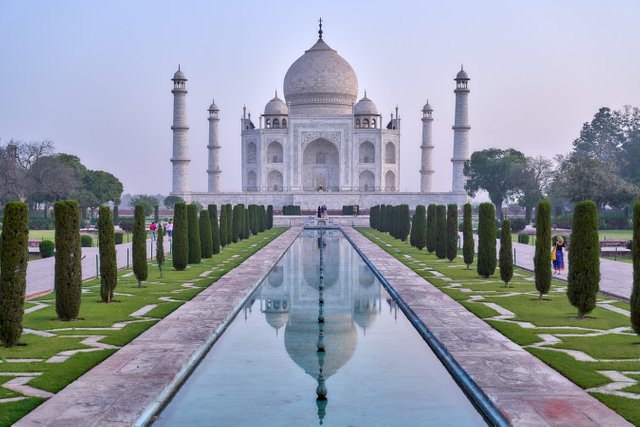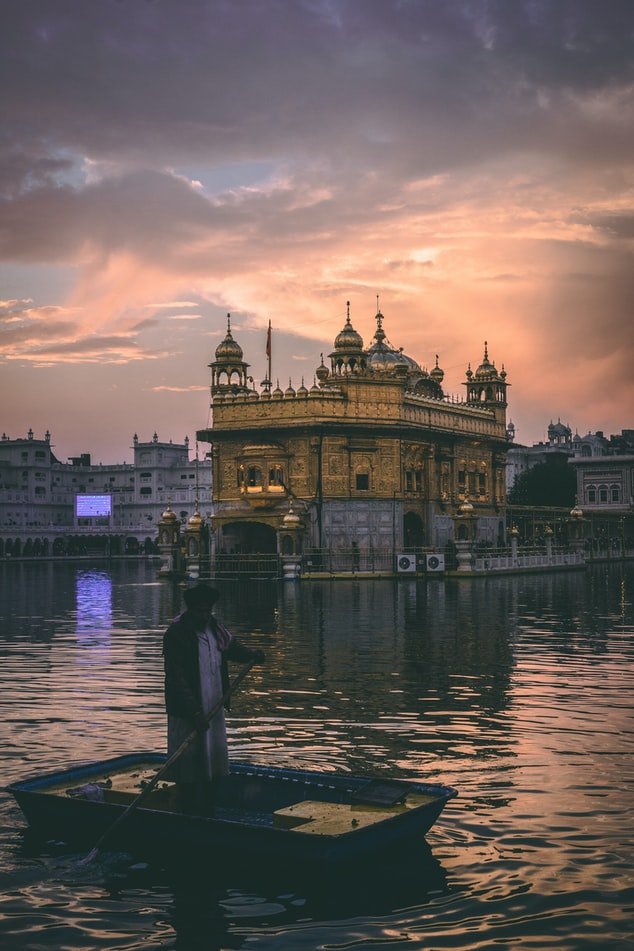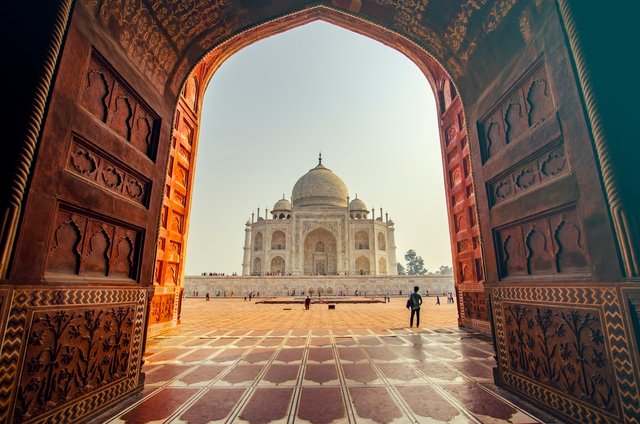
India being the richest country in the world in terms of legends, there is not a legend in the ruins, as well as in the fronds and lakes, which is not founded on fact, though the gross popular fancy has darkened them, and from generation to generation has thrown a thicker and thicker veil over them.
With some skill and patience, especially if one has the help of a learned Brahman whom one has befriended and trusted enough, one can nevertheless discover the historical truth which the fable distorts.
The path leading to the Parsee temple of the Fire-worshippers is also there. In their altar a sacred fire is kept perpetually burning, consuming every day enormous quantities of sandalwood and aromatic plants.
This fire was lit three hundred years ago, and since then it has burned inextinguishably, in spite of a thousand disorders, sectarian struggles and even wars. Those güebros, disciples of Zarathushta or Zoroaster, are proud of their temple, a temple in comparison to which the Hindu pagodas look like painted Easter eggs.
The latter are almost all consecrated to Hanumân, the monkey-god, faithful ally of Rama, and also to Ganesha, the god of Occult Wisdom, or to one of the Devas gods. They are to be seen in every street, with their double rows of pipal or religious ficus trees, centuries old, trees which no temple can be without, since they are the abode of elementals and other sinful souls.
Everything, everything appears mixed up, confused and chaotic, like the strangest dreamlike panorama, for it is not in vain that thirty long centuries have left their traces there.
The innate carelessness of the natives, on the one hand, and on the other, the present-day, genuinely conservative orientations of the Hindus, a long time before the arrival of the Europeans, have preserved all those monuments from the predatory vengeance of the fanatics, where they were most in danger because they belonged to the Buddhist religion or to other unpopular sects as well. The Indians or Hindus are not by nature given to wanton devastation, and in vain would the phrenologist search their heads for the telltale prominence of the instinct of destruction.

Con ser la India el país más rico en leyendas, no hay una de éstas en las ruinas, como en las frondas y en los lagos, que no esté fundada en los hechos, si bien la grosera fantasía popular las ha entenebrecido, echando de generación en generación un velo cada vez más denso y tupido sobre ellas.
Con cierta habilidad y paciencia, máxime si se tiene el auxilio de algún brahman instruido de quien se haya uno captado la amistad y la suficiente confianza, puede, no obstante, llegarse a descubrir la verdad histórica que la fábula desnaturaliza.
Por allí se encuentra, asimismo, el camino que conduce al templo parsi de los adoradores del Fuego. En su ara mantiénese perpetuamente encendido un fuego sagrado que consume todos los días enormes cantidades de madera de sándalo y plantas aromáticas.
Dicho fuego encendióse hace trescientos años, y, desde entonces, luce inextinguible, no obstante mil desórdenes, luchas sectarias y hasta guerras. Aquellos güebros, discípulos de Zaratushta o Zoroastro se sienten orgullosos con su templo, templo en comparación del cual parecen pintarrajeados huevos de pascua las pagodas hindúes.
Estas últimas están casi todas consagradas a Hanumân, el dios–mono, fiel aliado de Rama, y también a Ganesha, el dios de la Oculta Sabiduría, o bien a uno de los dioses Devas. Vénse ellas en cada calle, con sus dobles hileras de pipales o ficus religiosa de varios siglos de edad, árboles de los que ningún templo puede carecer, puesto que constituyen la morada de los elementales y demás almas pecadoras.
Todo, todo aparece mezclado, confundido y caótico, cual el más extraño panorama de ensueño, pues que no en vano han dejado allí sus vestigios treinta largos siglos.
La innata desidia de los naturales, de un lado, y del otro las orientaciones actuales, genuinamente conservadoras, de los hindúes, a un antes de la llegada de los europeos, han preservado todos aquellos monumentos de las depredadoras venganzas de los fanáticos, allí donde más peligro corrían por pertenecer a la religión buddhista o a otras sectas impopulares también. Los indos o hindúes no son dados, por naturaleza, a devastaciones sin sentido, y en vano buscaría en sus cabezas el frenólogo la prominencia reveladora del instinto de destrucción.

Your post has been curated by us! Received 20.00% upvote from @opb. Do consider delegate to us to help support our project.
Do join our discord channel to give us feedback, https://discord.gg/bwb2ENt
* This bot is upvoting based on the criteria : 1. Not plagiarised, 2. Post > 5min, 3. Author reputation > 25 4. Active engagement with othersDo upvote this commment if you 💚 our service :)
Downvoting a post can decrease pending rewards and make it less visible. Common reasons:
Submit